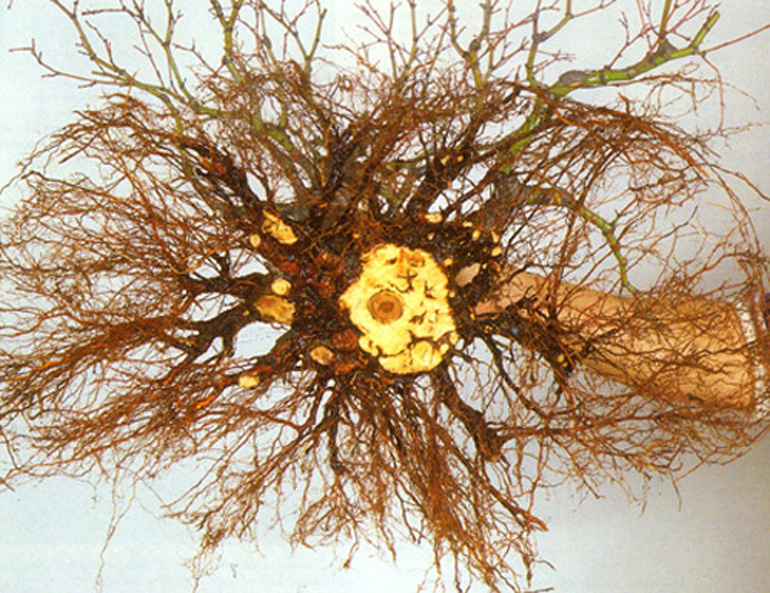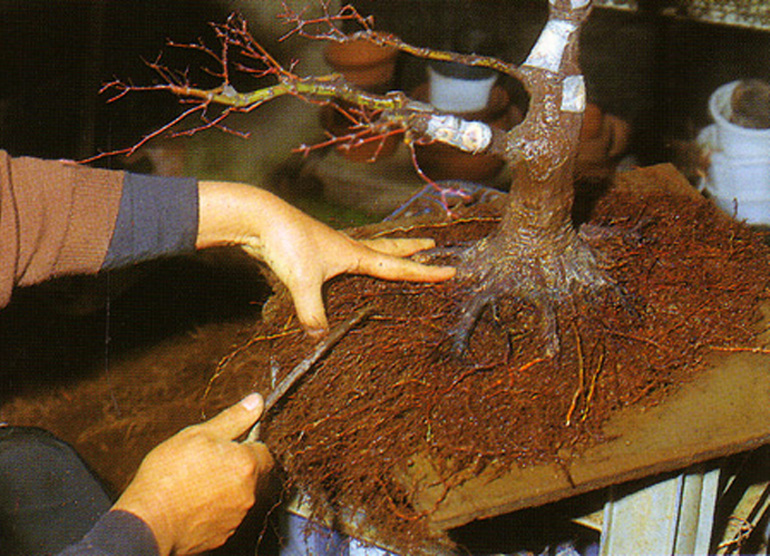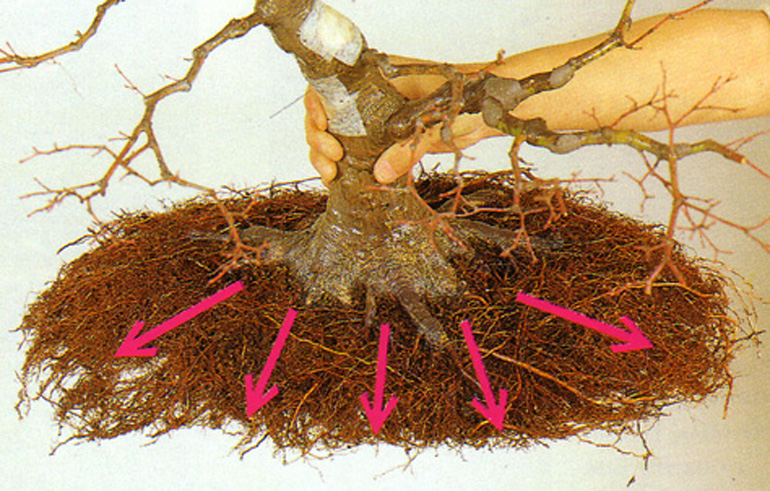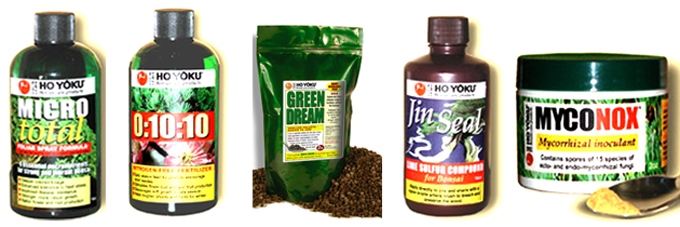
This natural scale nebari (surface roots and flare at the base of the trunk) stands in contrast to some of the more exaggerated nebari that we've been featuring (including the one at the bottom of this post). Bill Valavanis, who seems to spend half his life in Japan, took this photo at the Uchiku-Tei Bonsai Garden at S-Cube Bonsai Garden in Hanyu, north of Omiya.
Continuing our discussion of nabari, here’s another how-to post from our archives (with the exception of the photo above and the one at the bottom of the post which we borrowed from Bill Valavanis’ Bonsai Blog). It was titled In Search of the Perfect Nebari – part four and was originally posted in April, 2009.
BONSAI WIRE SPECIAL
500 gram Bonsai Aesthetics Wire
only 9.50 each

Bottoms up! This somewhat intriguing shot is from Bonsai Today, issue 64. This photos below explore how Mr. Harumi Miau arrived at this point

Before. Close up of the uneven and unattractive nebari. The dark color of the exposed roots is a sign of poor vigor caused by lower roots stealing energy from top roots

This shot clearly indicates the cause of the problem; too much energy has flowed to the densely matted lower roots
Our Bonsai Soil
is all bagged & ready to ship

After removing most of the lower roots, an iron root hook is used to untangle and comb out the top roots

The combing is completed. The arrows indicate the direction of the roots
 Here’s what could only be discribed as a super nebari. Bill Valavanis took this photo at Hiroshi Takeyama’s Fuyo-en Bonsai Garden, Omiya Bonsai Village. Here’s Bill’s caption: “I noticed a well known famous Trident maple masterpiece with an unusually large wide surface root display. The bonsai looks like it was recently transplanted this spring and the widest ends of the surface roots were shaved back to fit into the container leaving a narrow edge of soil around the roots. There must be some surface area where water can easily reach the feeder roots. Bonsai with such a large surface root area must be carefully monitored for watering. Also, the surface root are of many bonsai with a prominent surface root displayed are protected with moist rags during the hottest summer days. Moist rags are simply draped over the surface root bark.”
Here’s what could only be discribed as a super nebari. Bill Valavanis took this photo at Hiroshi Takeyama’s Fuyo-en Bonsai Garden, Omiya Bonsai Village. Here’s Bill’s caption: “I noticed a well known famous Trident maple masterpiece with an unusually large wide surface root display. The bonsai looks like it was recently transplanted this spring and the widest ends of the surface roots were shaved back to fit into the container leaving a narrow edge of soil around the roots. There must be some surface area where water can easily reach the feeder roots. Bonsai with such a large surface root area must be carefully monitored for watering. Also, the surface root are of many bonsai with a prominent surface root displayed are protected with moist rags during the hottest summer days. Moist rags are simply draped over the surface root bark.”
NEW Lower Prices on Bonsai Fertilizers
and many Bonsai Accessories
 Take a look for yourself
Take a look for yourself
additional 10% off orders 150.00 or more
FREE Shipping on Continental U.S. orders 75.00 or more
but only if you choose free shipping when you check out

